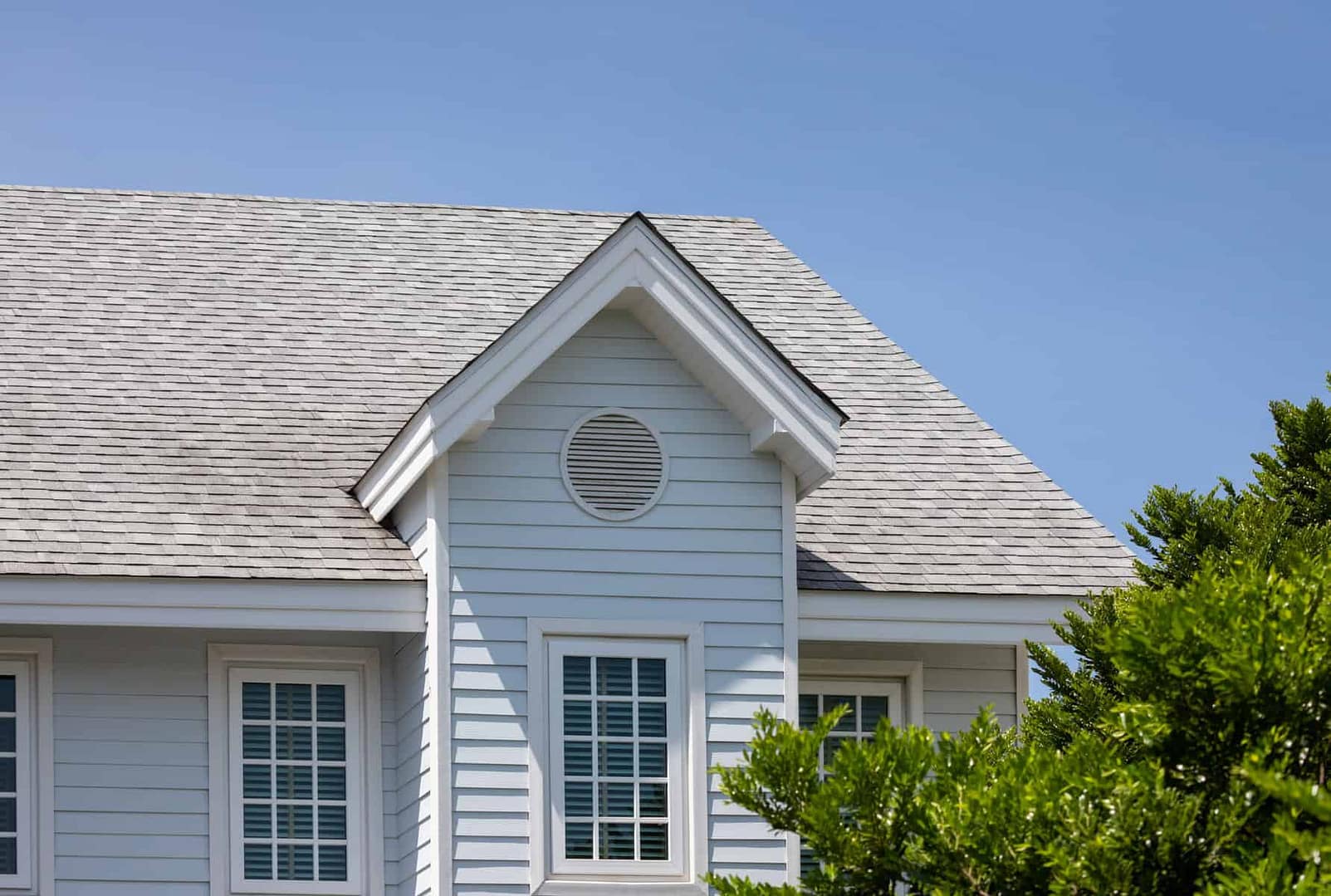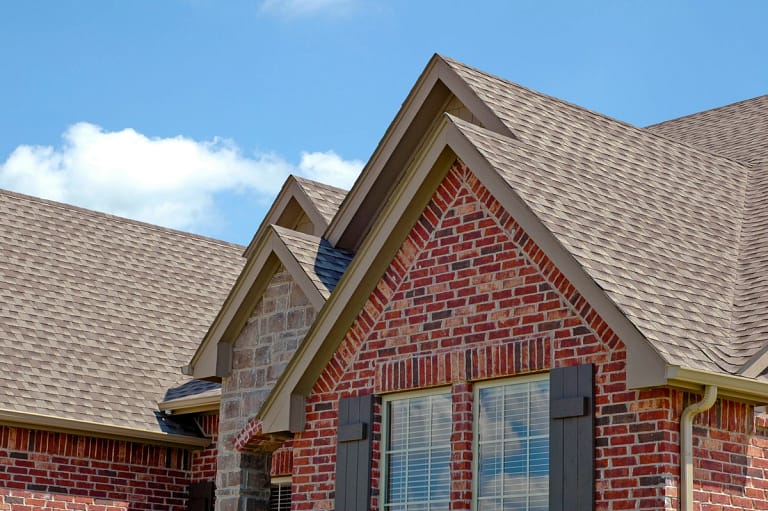Want to learn more about the various parts of a roof?
A roof is so much more than shingles, in fact, a roof system is composed of individual pieces to form an integrated roof system. Not sure what makes up a roof besides shingles? Use our numbered roof diagram to familiarize yourself with the common parts of a roof and its different layers so you can confidently communicate with your roofing contractor during your next roofing project.
This is a numbered diagram of a residential roof. The numbers in the diagram correspond to the numbered list in this blog post which labels and defines the common parts and layers of a residential roof with asphalt roofing shingles.
Diagram: Anatomy of a Roof – common parts and layers of a residential roof with asphalt shingles
What are the Common Parts of a Roof?
1. Roof Ridge: The ridge of a roof is the horizontal line running the length of the roof where the two roof planes meet, often called the peak of the roof. Hip and ridge shingles are specifically designed to cover this part of a roof because they’re specifically designed to be bent & conform over the roof ridge.
2. Ridge Vent: A ridge vent is an exhaust vent that runs horizontally along the peak of the roof allowing warm, humid air to escape from the attic. The ridge vent is a plastic strip that lays over the ridge so it will vent the roof at its highest point. Our expert roofing crews will cut a 1” slice on either side of the peak to allow hot air a way out of the home, allowing that hot air out of the home will prevent the moist hot air from condensating and creating a moisture-rich area that can cause the roof deck to weaken over time.
3. Flashing: Arguably one of the most important parts of a roof, flashing is a metal material installed at joints, some seams, around chimneys, and any dormer windows or skylights to help prevent water intrusion. You may recognize flashing as metal stair steps alongside a chimney or side walls on a roof. Metal flashing helps direct water away from vulnerable areas helping to limit the chances of a roof leak.
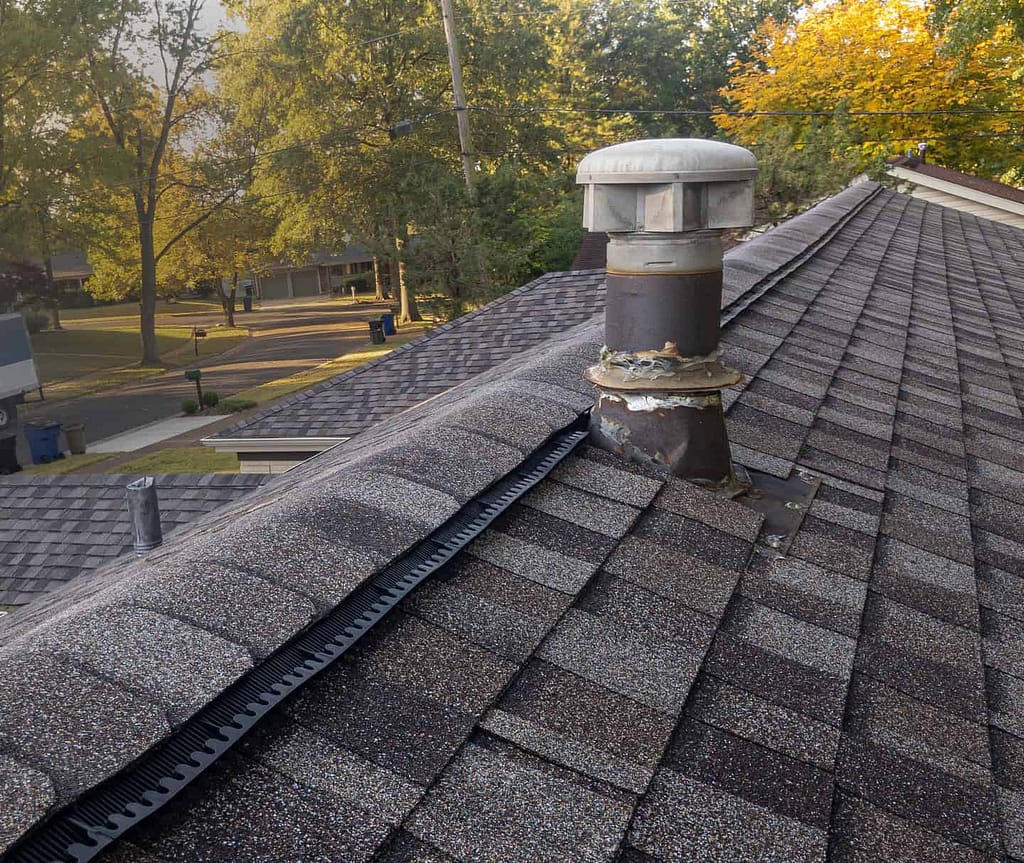
4. Hip: The hip on a roof is the intersection of two roof planes that meet to form a sloping ridge running from the peak to the eave. Not all homes in Central Ohio have a hip style roof, these types of roofs require specific ventilation requirements. As with the ridge we will use hip and ridge shingles for this part of a roof.
5. Roof Deck: The roof deck is the structural foundation base for the roof system and is usually made of wood or plywood. Sometimes your roofing contractor will refer to this as sheathing or decking. Many suburban Columbus roofs are built with plywood roof decks while older homes closer to Central Columbus likely have wood plank decking.
6. Roofing Underlayment: Roofing underlayment is a layer of material, usually synthetic or felt paper, that adds extra protection on top of the roof deck and under the shingles. Synthetic underlayment helps repel moisture and provides protection against water infiltration. Synthetic underlayment is becoming a popular material choice over felt due to proven water-resistance performance and long-lasting durability. At Best Exteriors Inc. we always use synthetic underlayment on all of our roof replacement projects and our roof repairs whenever possible.
7. Roof Valley: The roof valley is the V-shaped intersection between two sloping roofs joining at an angle to provide water runoff. This area of the roof may sometimes have metal in the valley. The valleys should have ice & water barrier applied to the roof deck to prevent leaks and water infiltration.
8. Laminated Architectural Shingles: Laminated architectural asphalt shingles contain two or more layers of shingle laminated together to add dimension, performance, and durability to your roof. Architectural shingles are sometimes referred to as dimensional shingles or laminated shingles. The architectural shingles we use on your home have a 130 mph wind rating! You can learn more about the different types of roofing shingles here and we can help you choose what will look best on your home.
9. Roof Gable: A roof gable is the triangular section of the outer wall at the peak of the roof between a sloping roof and eave. A roof gable isn’t something that every home has, but if yours does rest assured that the Columbus professional roofing experts will install your new roof with care, integrity & professionalism.
10. Metal drip edge: Metal drip edge is a narrow strip of noncorrosive metal used at the eave & rake that is nailed down during roof installation and is meant to help manage water flow. Rain water is either directed into the gutters by facilitating water runoff away from the walls or trim along the rakes.
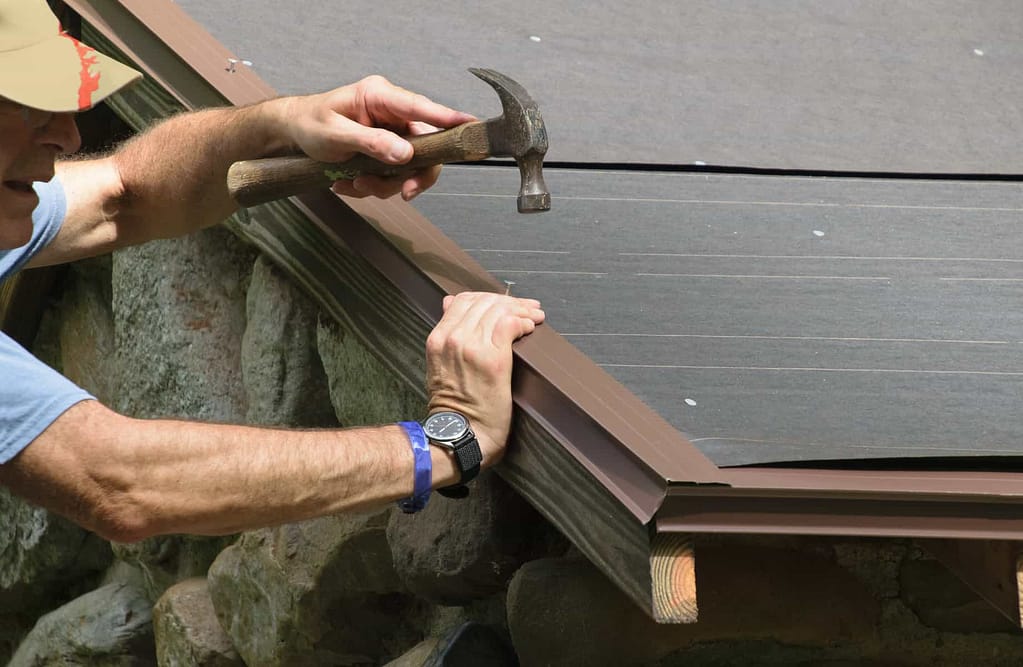
11. Dormer: A dormer is a raised section of the roof that protrudes from another section of roof. Dormers commonly contain a window that projects vertically through the slope in the roof.
12. Ice and water barrier: An ice and water barrier is a self-adhered waterproofing material installed along eaves, valleys, side walls, and other sensitive areas to protect against ice damage and wind-driven rain. Our policy at Best Exteriors Inc. is that we install ice & water barrier in any sensitive area and/or around any part of the roof that has a penetration (skylight, plumbing vent, chimney, a vent).
13. Eave: An eave is the lower border of the roof that overhangs the wall usually located in the first three feet of a roof. The eave of the roof is also called the leading edge in some areas of the country.
14. Undereave vent: Undereave vents are intake vents located under the eaves of the roof that help draw cool dry air into the attic. During your free roof consultation, we will help determine what needs to be done to draw air into the home to ensure sufficient intake ventilation.
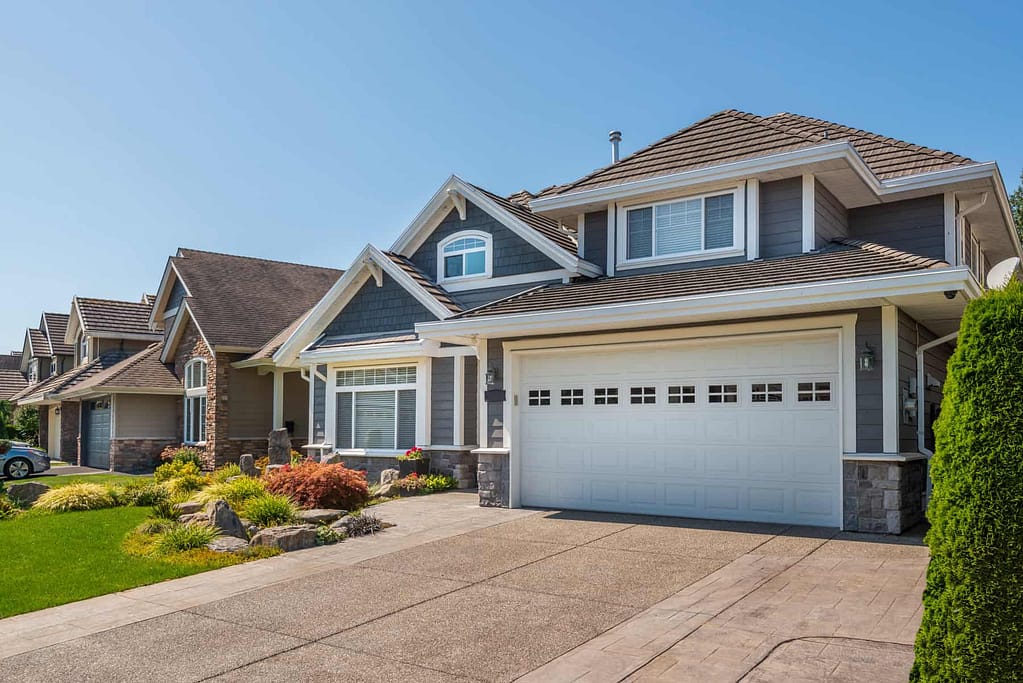
Making the Best Choice for Your Roof
Now that you’re familiar with the basic parts of a roof, we hope that you’re armed with the knowledge to have a conversation with your roofer and be on the same page with them & understand what’s being proposed.
When it comes time for a roof repair or roof replacement having the knowledge to understand the scope of work being proposed is important to ensure both sides arrive at the desired outcome. If your home has a roof leak and you’re in need of roof repairs or you’re considering a roof replacement, choose the Columbus roofing experts!
We don’t take the responsibility of working on your home or business lightly, we invite you to trust the premier Columbus, Ohio Roofing Company: Best Exteriors, Inc. We are the top choice for residential and commercial roofing, vinyl siding or James Hardie Fiber Cement Siding & seamless gutter services. Give us a call at (614) 964-BEST or toll free 1-844-865-BEST You can also fill out our contact form to schedule a free consultation!
